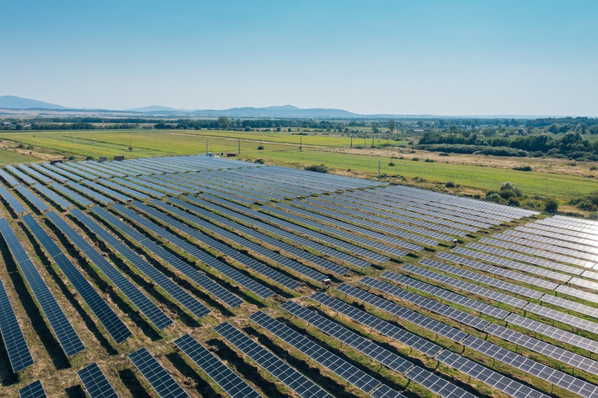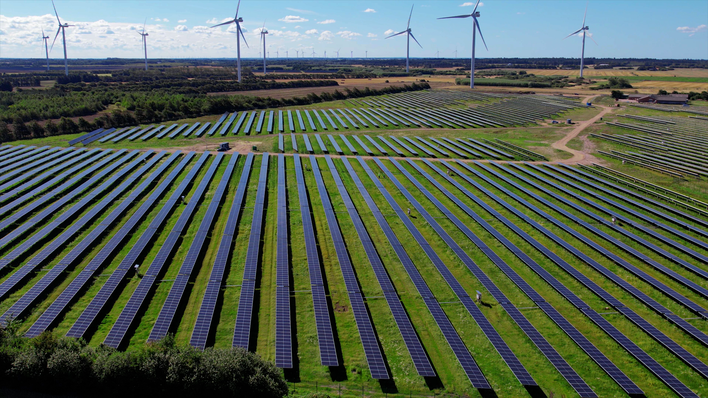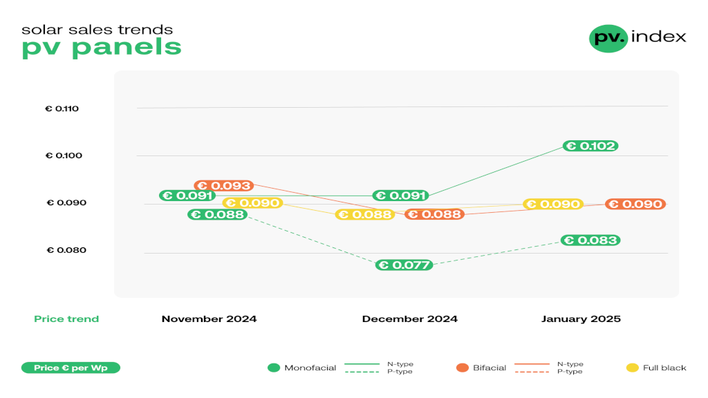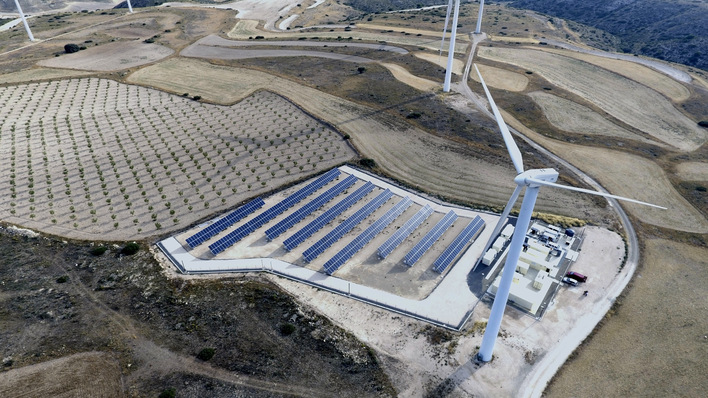Scheper previously concluded that solar panels behave as a seasonal product in 'normal periods'. As soon as the sun starts to shine, consumers are reminded that energy bills can be reduced by installing solar panels. Usually, a rise in temperature led to an increase in the sale of solar panels.
The fact that this is not the case now is therefore a sign that the solar energy sector is not in a normal period. Despite the fact that the prices are extremely low, sales are still very disappointing. "A year and a half ago, you paid 30 cents per watt peak for a solar panel. Now you can buy an entire installation for that price," says Scheper.
Also see: Trinasolar reports profitability – 26% more PV modules shipped
Recently media reported that Chinese solar panel manufacturers are suffering large losses. For example, LONGi expects a net loss of 4.8 billion renminbi (about 610 million euros) for the first half of 2024. Tongwei and TCL have a loss of 3 billion renminbi (381 million euros).
Huge losses throughout the supply chain
"Manufacturers are having a really hard time and are incurring huge losses, but you can see this throughout the supply chain. No one is making money from the current situation and companies are now trying to compensate in other ways. Fortunately, the C&I and projects market and batteries still offer some hope," says Scheper.
Also see: Sungrow - Increased net profit and rising R&D investments
"Some companies are getting into the production of electrolysers for green hydrogen, intensifying the sale of batteries or collaborating more. LONGi used to have a near monopoly in the field of wafers, but has lost a large part of it. Now, thanks to a partnership with DAS Solar, they are back to a market share of 40 percent. Then you may be able to do something about prices autonomously, but of course it remains to be seen how the other 60 percent will react to that.“
Biggest problem still overcapacity
"At the end of the day, the biggest problem remains that there is overcapacity at the moment and that can only be solved with a significant increase in demand or a significant drop in new supply. A relevant increase in demand is not in line with expectations and if a producer shuts down its factory, banks and investors lose their confidence and this party will be over in no time," says Scheper.
See also: Merciless battle for prices and market share
Some time ago, the Chinese government took a first step towards a solution by prohibiting manufacturers from further increasing their production capacity. With the financial resources that are freed up, manufacturers must use them to improve existing product technology and reduce production costs. However, this does nothing to change the current supply surplus and the overpriced stocks.
Two scenarios – both with pain
"In my opinion, there are therefore only two scenarios that will really cause movement in the market again. In the first scenario, a number of large producers go bankrupt, bringing the market to a standstill. The supply is getting smaller and the prices are going to rise again. In the second scenario, a large market player that has large credit limits outstanding with manufacturers collapses. They will then lose money and will be forced to raise their prices," says Scheper.
Get the full Market Outlook Report for free here
"It's still a frustrating time. Because of the long-term goals for solar energy, we know that there are still a lot of solar panels need to be installed. Consumer interest and market are currently temporarily 'on hold', but a company cannot be on hold for a year." (GS/hcn)








